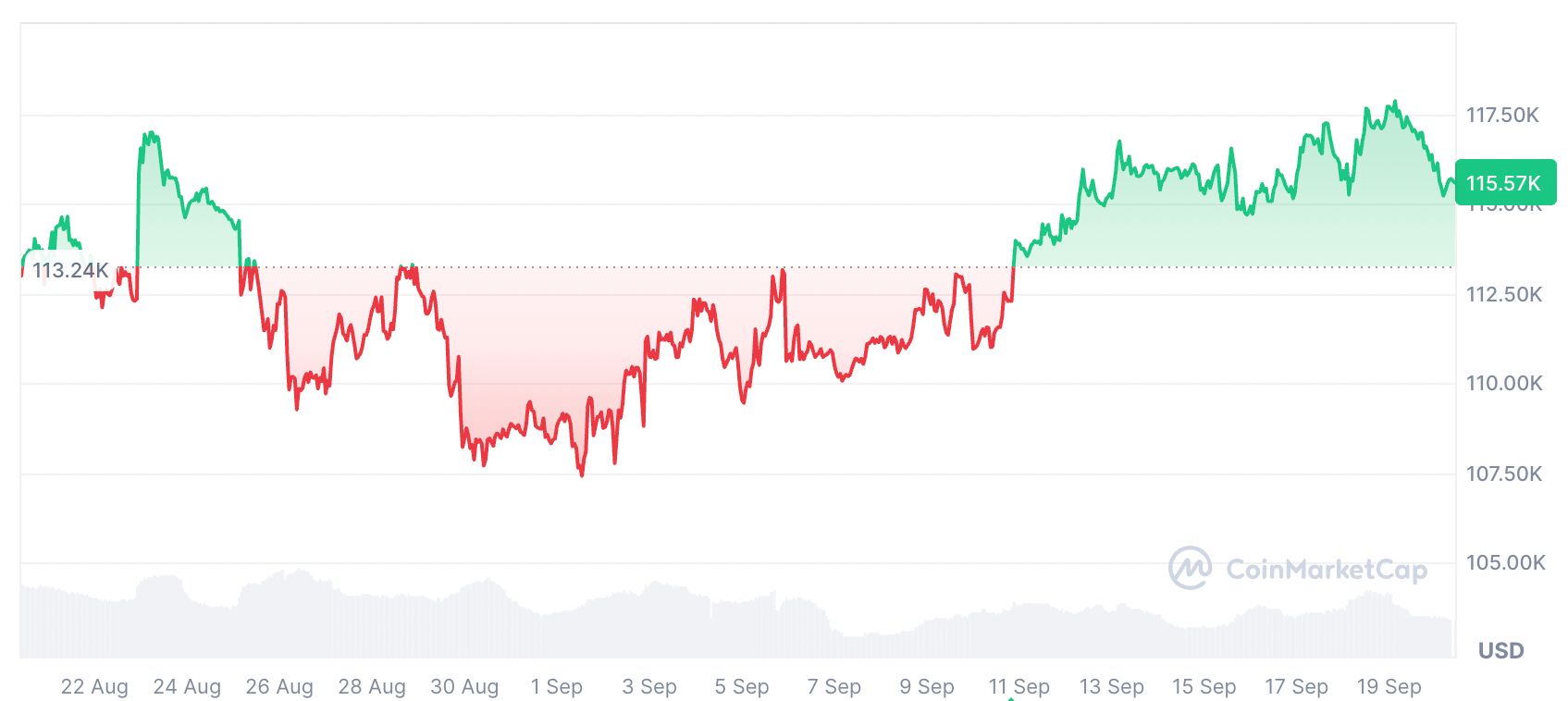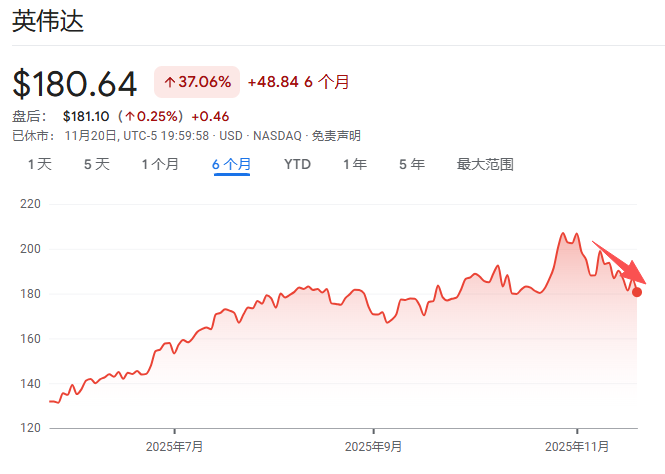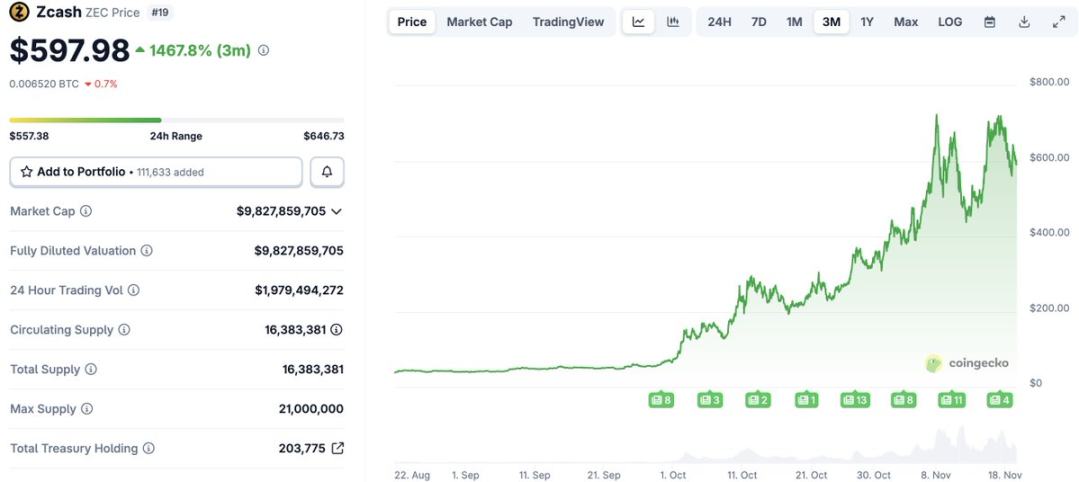Bitcoin and alts set for Fed ‘jolt,’ market isn’t ready: Economist
Crypto market participants may be underestimating how aggressive the US Federal Reserve will be in shifting its policy direction, according to an economist.
“Markets are underpricing the likelihood of rapid rate cuts in the coming months on the part of the Federal Reserve,” economist Timothy Peterson told Cointelegraph on Friday.
“There has never been a gradual reduction in rates like that currently envisioned by the Fed,” Peterson said, explaining that he expects “the surprise effect” to kick in and potentially catch the market offside.
“It will jolt Bitcoin and alts up substantially, and I think that will happen in the next 3-9 months.”
Peterson’s comments come just days after the Fed implemented its first rate cut of 2025 on Sept. 17 by 25 basis points. The rate cut was widely anticipated, with the CME FedWatch Tool showing a 96% probability of a quarter-point cut and just a 4% chance of a 50-point reduction in the hours leading up to the announcement.
Market is anticipating another rate cut in October
Bitcoin briefly surged to $117,000 hours before the Fed’s rate cut announcement but has since retreated to levels seen in the days prior, trading at $115,570 at the time of publication, according to CoinMarketCap.
 Bitcoin is up 1.03% over the past 30 days. Source: CoinMarketCap
Bitcoin is up 1.03% over the past 30 days. Source: CoinMarketCap
CME data shows that market participants are pricing in a 91.9% chance of another 25 basis point rate cut at the Oct. 29 meeting, with only an 8.1% probability that rates remain unchanged.
Fed officials said they expect two more quarter-point rate cuts this year. However, Fed Chair Jerome Powell said, “We’re not on a pre-set path.”
Financial institutions were split on Fed’s September move
Some financial institutions expected a more aggressive rate cut at the September meeting, with Standard Chartered forecasting a 50 basis point reduction.
Goldman Sachs CEO David Solomon , however, was more confident that the Fed would stick to a 25 basis point cut.
Lowering interest rates tends to be bullish for risk-on assets, including cryptocurrencies, as traditional investments like bonds and term deposits become less lucrative to investors.
Disclaimer: The content of this article solely reflects the author's opinion and does not represent the platform in any capacity. This article is not intended to serve as a reference for making investment decisions.
You may also like
Has the four-year cycle of Bitcoin failed?
The various anomalies in this cycle—including waning sentiment, weakening returns, disrupted rhythms, and institutional dominance—have indeed led the market to intuitively feel that the familiar four-year cycle is no longer effective.

At an internal Nvidia meeting, Jensen Huang admitted: It's too difficult. "If we do well, it's an AI bubble," and "if we fall even slightly short of expectations, the whole world will collapse."
Jensen Huang has rarely admitted that Nvidia is now facing an unsolvable dilemma: if its performance is outstanding, it will be accused of fueling the AI bubble; if its performance disappoints, it will be seen as evidence that the bubble has burst.

After a 1460% Surge: Reassessing the Value Foundation of ZEC
Narratives and sentiment can create myths, but fundamentals determine how far those myths can go.

The demise of a DAT company
The $1 billion Ethereum DAT plan led by Li Lin and others has been shelved due to the bear market, and funds have been returned. This "going with the flow" approach may reflect consideration of investor sentiment.
